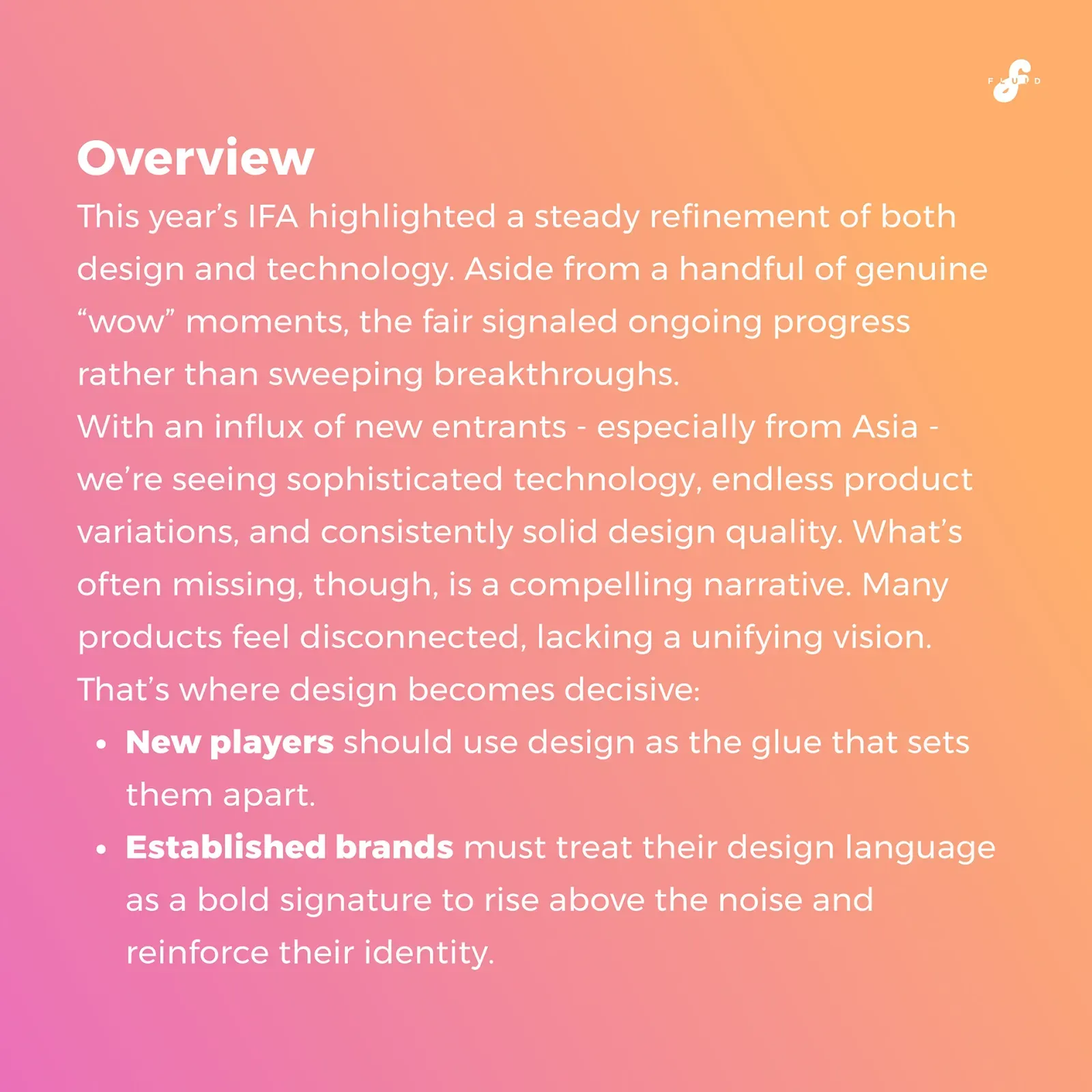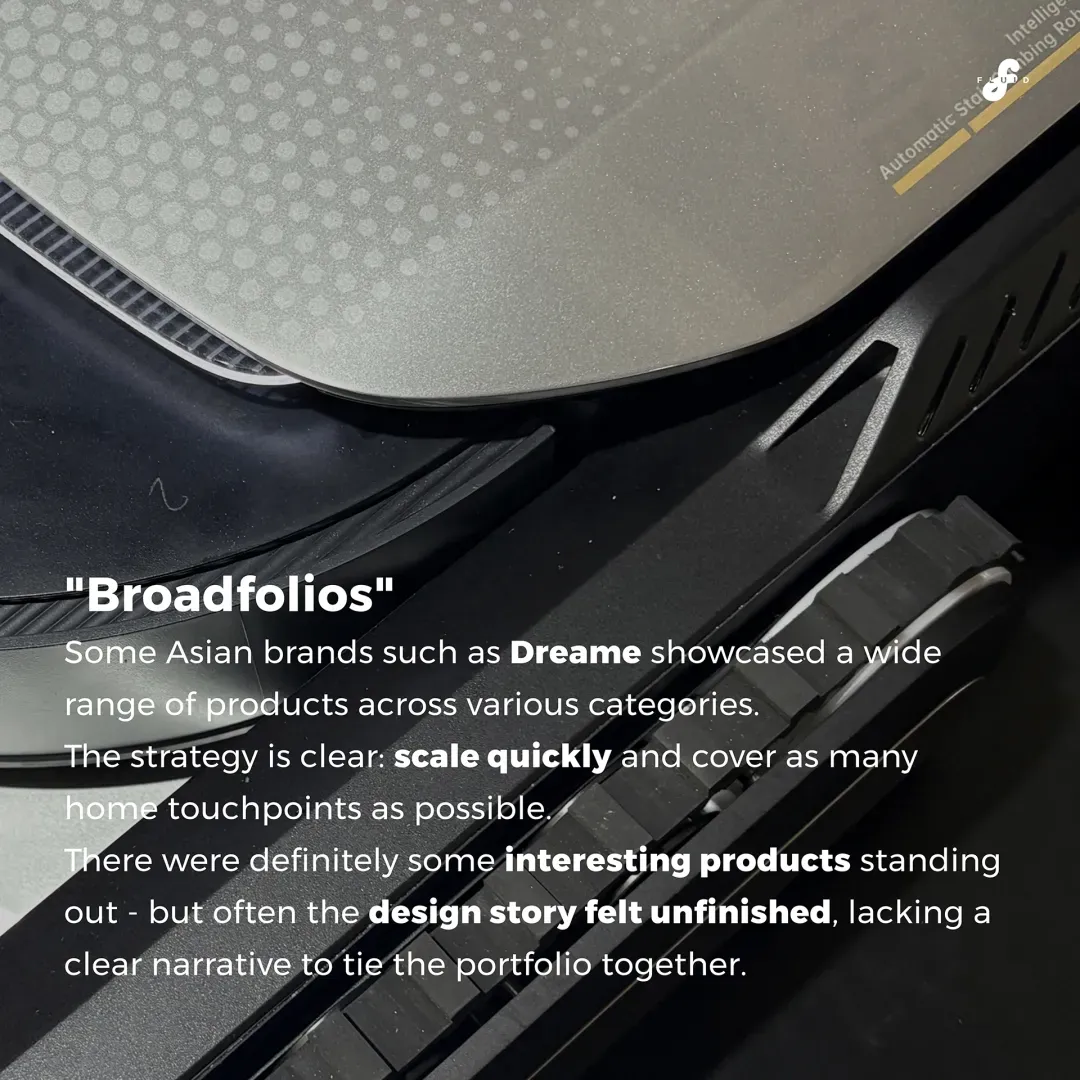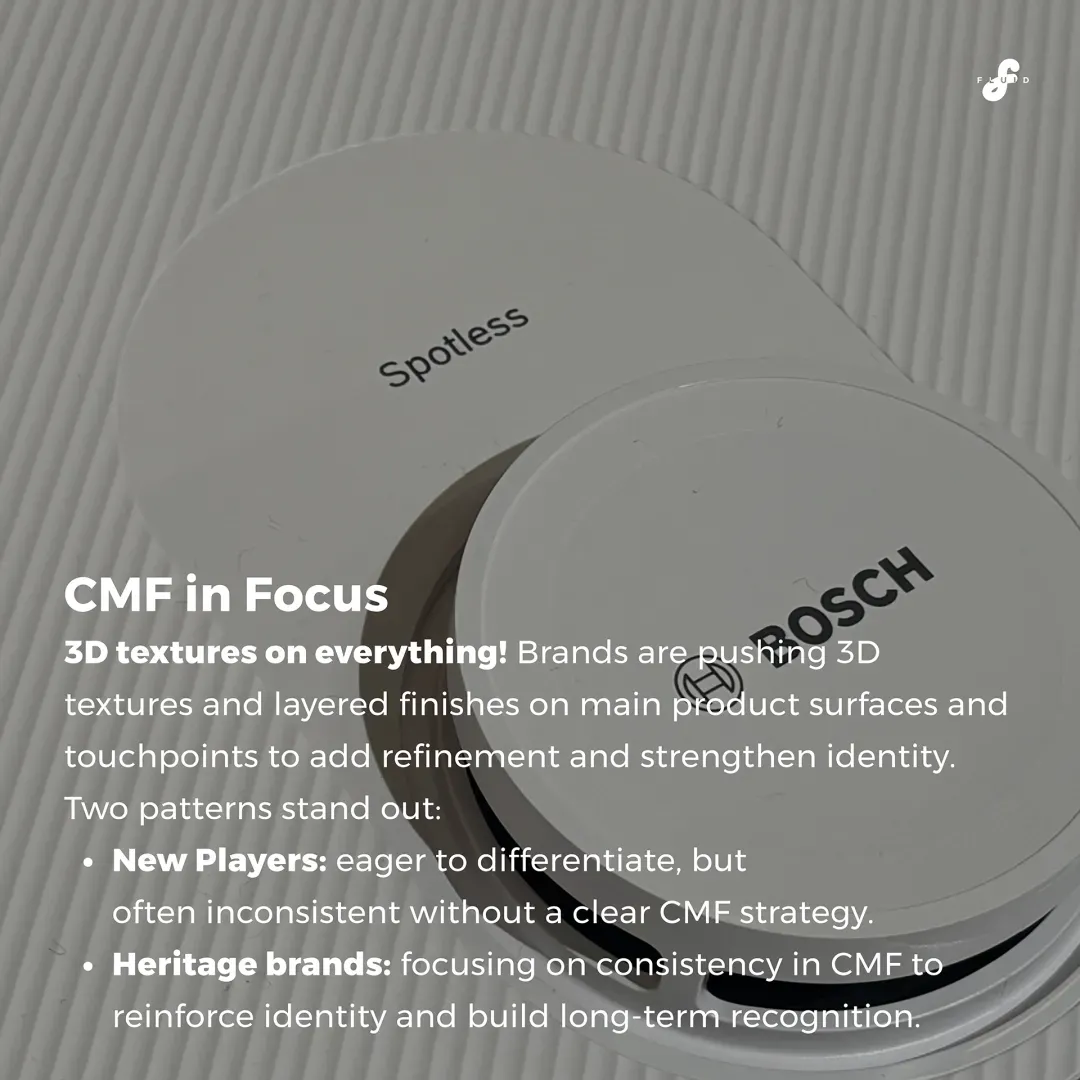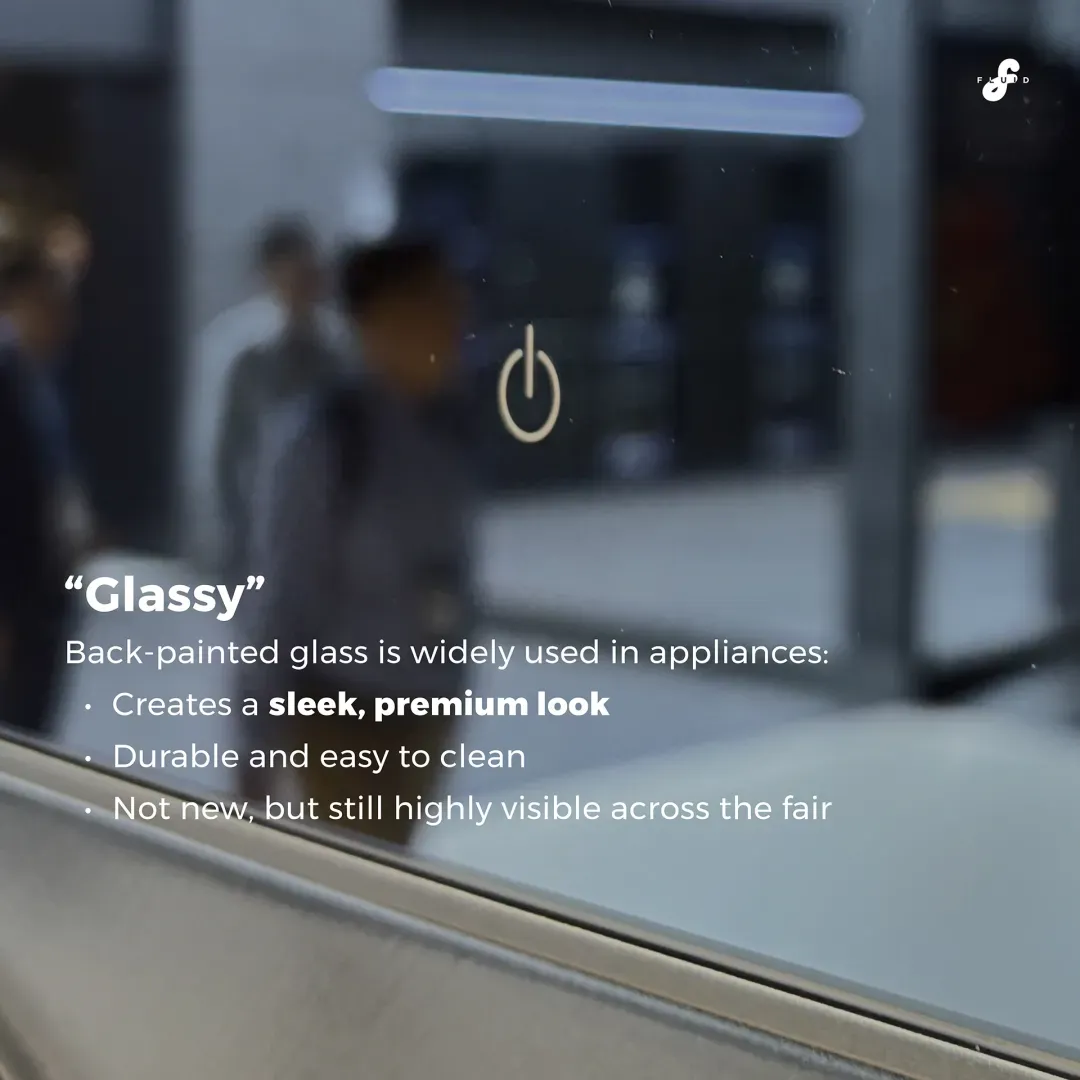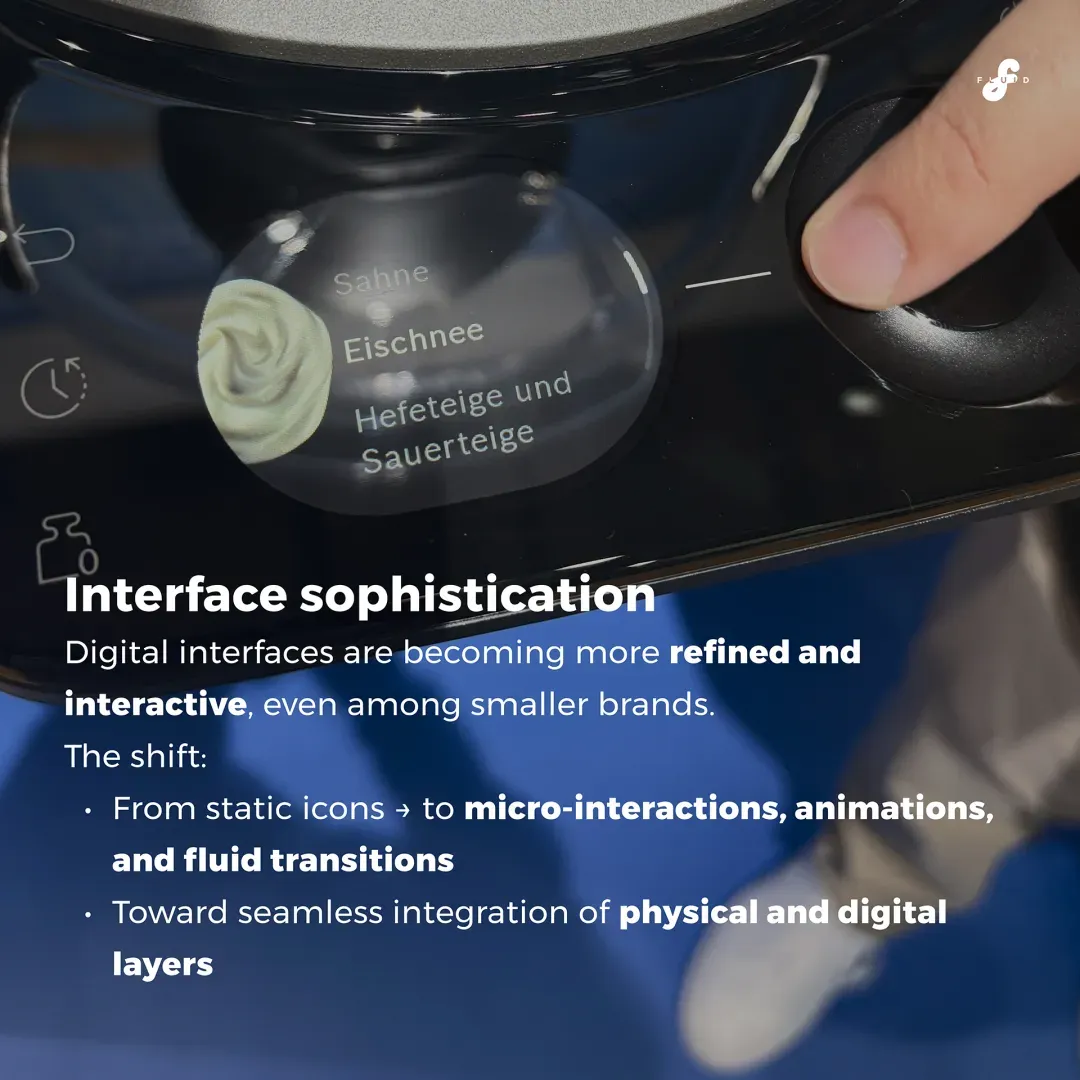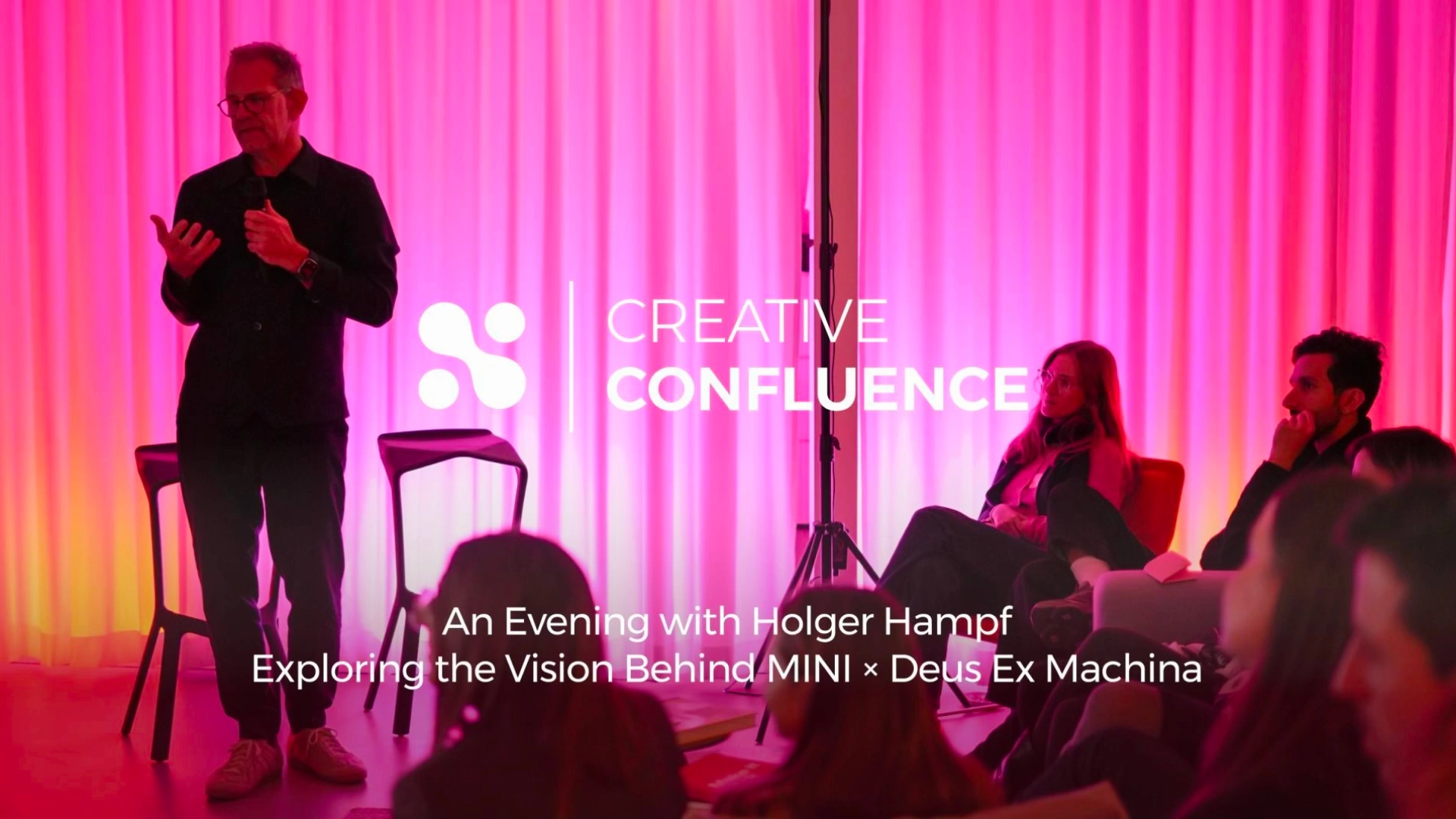

Imagine a few years from now, you are getting ready for work and your smart hub at home brings up an appointment you forgot about. You are then informed that you have to leave earlier than expected to make it in time. You decide to enjoy your morning dose of caffeine on your way to the office. You let your smart hub know that you have decided to upgrade your ride.
A few minutes later, you have your car waiting for you at your door, playing your favourite morning track with a hot cup of coffee from your neighbourhood coffee shop. You sit in the car and think what can possibly be better than this and your car drives you away and gets you to the office in the most efficient and uncanny way.
This situation to anyone who has recently been stuck in a traffic jam will sound nothing short of magical, but before you sell your car and pre-book one that can do all the driving for you, we would like to look at some of the little experiential changes that the new paradigm of autonomous driving will bring about for the everyday user.
From our perspective, the new era is extremely interesting for us designers and opens up a world of opportunities and possibilities. With the coming of the autonomous cars (even though this might take a few more years before we feel like we live in a science fiction movie) we decided to explore from the point of the passenger, what it will be like for the driver to give up control of the wheel and sit back and enjoy life in the digital lane.
SHARING IS THE NEW HAVING
There is a slow decline in the number of people purchasing cars. Automobile brands are realising the need to move away from providing a car to presenting the user with a service. In the future it is likely that car ownership is going to drop by almost half over the next few years.
This would mean that the automobile industry would rely entirely on service based platforms that will help people select their cars to get from point A to point B.
Buying your first car is a milestone in a persons life. It signifies a certain sense of independence and maturity. If you take away ownership of the car, the service will be responsible in creating the status symbol that your personal car does now.
Building a business model like the Mo mobility system (a service that provides the user with benefits for making eco-friendly choices) can help create a sense of loyalty and pride in the car user. Booking preferences and upgrading the user to a fast track lane can be the replacement to a shiny new red sports car that makes heads turn.

DIGITALLY MINE
It is a known fact that our homes will be connected to our cars which will then be connected to our work making sure that we are never disconnected from our digital lives. Self driving cars will now take this to the next level by connecting the users personal life to the city. The user will have access to a lot more information and can choose a lot more parameters to personalise based on their requirements.
In order to help passengers feel comfortable and give them a sense of ownership the car service providers will have to tie up with other automated services. This would lead to creating a passenger experience that feels like it is designed specifically with the user in mind.
Anticipating what the passenger wants will make the car a space that is constantly morphing to seamlessly integrate into the life of the user making them forget how they ever lived in a world without connected cars.

EMBRACE THE AWKWARD
You know the uncomfortable feeling when you step inside the elevator and you are surrounded by a bunch of strangers standing too close for comfort. The future of car sharing might lead to more number of people car pooling as the demand of cars might be lower than the availability. This can lead to awkward journeys with a car full of strangers who you know nothing about except that they are all headed in the same direction as you.
The self driving car with more such shared services may start to feel more like public transport. This changes the private space of the car to a public one. This new change will encourage us to think of the car as more multi faceted, offering different functions in different modes. We used this sort of thinking while working on Vela, the cycle trainer.
This fitness cycle transforms into something sculptural when not being used for training. The new systems will have to better emulate and combine existing systems and provide flexibility for different modes. As for the awkward part there will surely be systems in place to ensure that you have a comfortable ride and are not stuck next to the annoying guy who was in the car with you last Monday.

YOU HAVE MORE FREE TIME. SO DO SOMETHING.
Earlier when flights were not wifi enabled, you got onto it, switched your phone off and were disconnected from the outside world for a few hours. There was no reason to feel guilty about not responding to mails or answering your calls. Driving provided a similar disconnect, but now everyone wants to be more connected from their car. You can now control your home from the car and be part of a meeting when you are on the go. Entertainment will also be a big part of what people will expect from future cars.
Technology is helping us by simplifying everyday mundane tasks and freeing up more time for us. In the car of the future we have really no excuse but to be connected and available all the time, but maybe on the plus side, we can catch up on some of the latest movies we have missed out on.
In the future the outside of the car will not be as important as the experience inside. While working with Spiriant, a subsidiary of Lufthansa we realised the importance of providing the passenger the flexibility to utilise the time in a way they wanted to. The car in the future could become spaces that encourage a variety of activities and makes it much more interesting than just focusing on the act of getting people from one place to another. The autonomous cars will push this forward and provide the user with opportunities to use this newly available free time in a way that they find meaningful.
The rules of the road are about to get a serious update. Signal free roads, no sound pollution and clean air will make the new city the perfect environment for a pedestrian. The cityscape will have to change rather dramatically to accommodate autonomous cars. This again will lead to new thinking and opportunities in urban design.
So far automobile design involved a group of super specialised people who created the cars. Now we have them integrating with other industries like service design, technology, user experience, interior design and urban planning. We are looking at the beginning of a new paradigm, which combines mobility with work and services with experiences. In order to make the self driving cars the norm and get everyone on board there are a lot of factors to consider and lot of testing that needs to be done. Approaching this topic as we would an innovation project gives us the right perspective to make the life of the user simpler and that of the designer one step more challenging.
At the end of the day at work you have just been informed that your car will be arriving in five minutes, and you make your way out of the office. You think about what you want to eat for dinner. Italian sounds like a good option and you go ahead and place your order, you even decide to indulge on a dessert today. It has been a long day at work and it would feel good to get back home. You get into your car silently glad that you are the only one there for the time being and don’t have to make small talk. You look out the window and see the cars in the fast lane moving right past you, it might be time for an upgrade you think as you are navigated through the city.
These are a few of our thoughts. How do you feel about moving into the digital lane?




